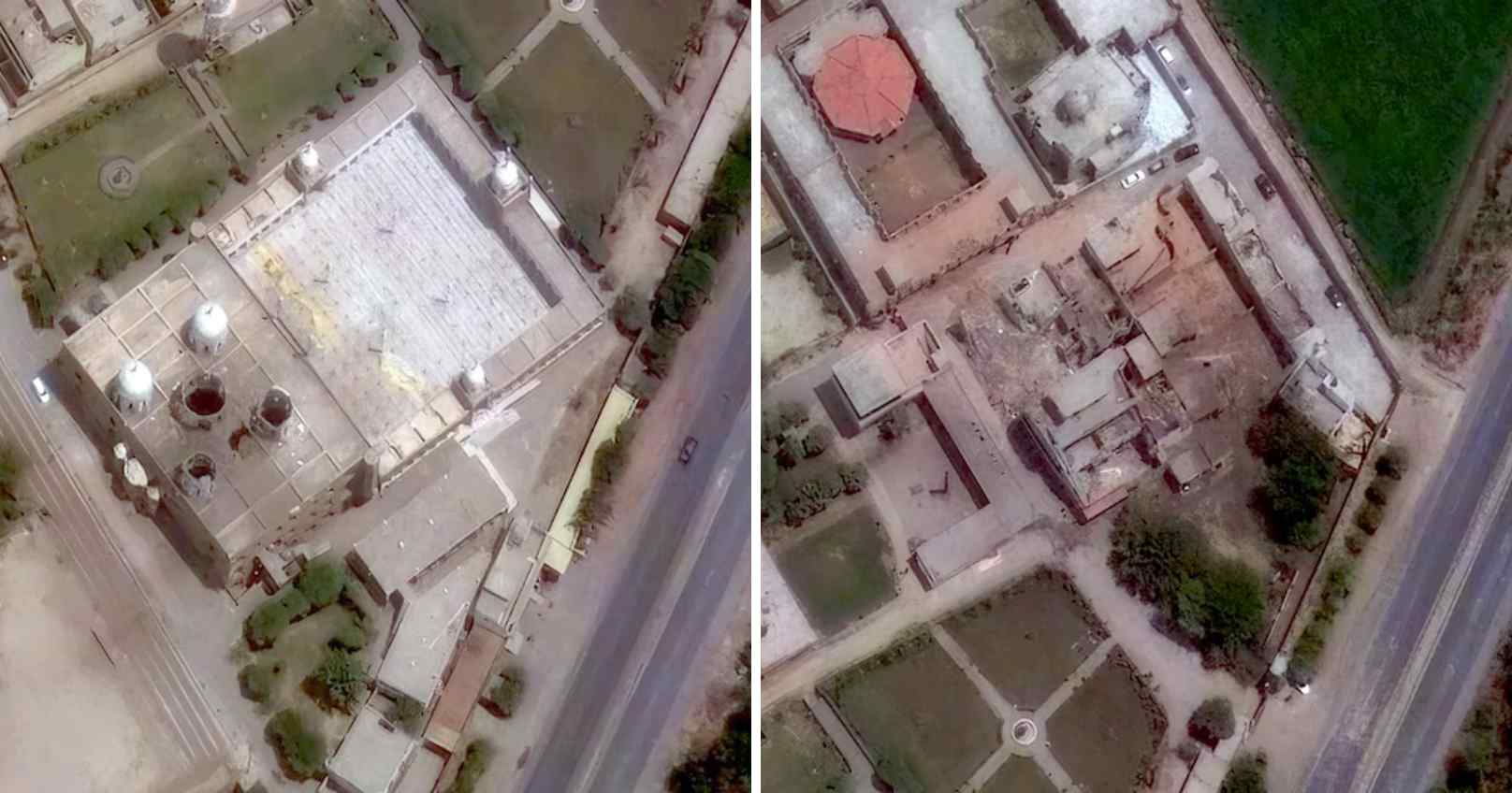Fresh satellite imagery has surfaced a day after India’s retaliatory military operation against terror camps in Pakistan and Pakistan-occupied Kashmir (PoK), offering the first clear view of the extent of damage inflicted during the mission. These images, captured by Maxar Technologies, depict significant structural destruction at known terror sites.
Side-by-side comparisons show notable damage to key installations in Bahawalpur and Muridke — the bases of operations for the terror outfits Jaish-e-Mohammed (JeM) and Lashkar-e-Taiba (LeT), respectively.
Operation Sindoor: India’s Swift and Coordinated Military Response
Dubbed Operation Sindoor, the strike marked India’s most extensive cross-border offensive since the 2019 Balakot operation. The mission, executed in the early hours of Wednesday, was completed in a span of just 25 minutes. It involved a tri-services approach — air, naval, and ground units worked in tandem to execute the precision assault.
The operation was India’s answer to the April 22 terror attack in Pahalgam, Jammu and Kashmir, where 26 civilians, mainly tourists, lost their lives in a religiously motivated strike.
According to top defence sources, more than 80 terrorists affiliated with outlawed groups including JeM, LeT, and Hizbul Mujahideen were neutralized in the strikes. The government emphasized that the targets were chosen based on confirmed intelligence inputs, and the overall execution was carefully calibrated to avoid civilian harm.
Officials described the action as "precise, proportionate, and restrained," sending a strong message without escalating the conflict.







